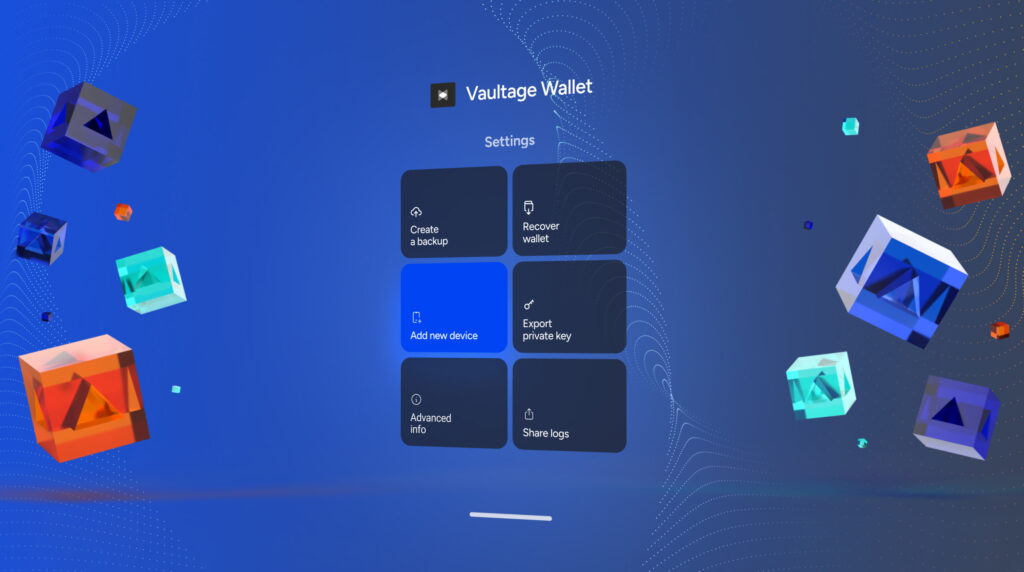Fireblocks is excited to introduce Multi-Device Sync for Non-Custodial Wallets-as-a-Service. Now, developers can build a more seamless Web3 experience by providing end-users access to a single embedded wallet across additional mobile and web devices.
Most consumers are accustomed to logging into a single account from any device they choose because companies centralize and manage users’ data on their servers. Many crypto companies, such as exchanges, are able to provide the same user experience because they are responsible for the custody and security of users’ private keys.
However, the collapse of FTX and the rising interest in DeFi and Web3 applications has brought about a shift in consumer demand towards self-custody. This presents an inherent challenge for retail applications, as true self-custody requires storing the private key on a consumers’ device.
Overcoming risks and challenges for Web3 adoption
Crypto-native users are accustomed to the steep learning curve of self-custody, such as backing up and securing complicated seed phrases. While this may be sufficient for crypto-native users, it presents a high barrier to adoption for everyday consumers.
For example, a corporation or a brand may want to use digital NFT collectibles to increase brand engagement, distribute membership rewards, or provide access to exclusive deals. To allow customers to collect the digital collectibles, the brand will embed a wallet into their application that stores the private keys on the customers device. The challenge begins here – if customers want to use their collectibles to attend a token-gated event or simply access their collectibles on an additional device, they must transfer their collectibles to a new wallet. This complicated user experience prevents many corporations and brands from offering their customers new and engaging experiences using Web3.
To work around this issue, one approach would be to store all end-users’ keys on a single endpoint, such as a key management system. In this setup, end-users only authenticate transactions from their wallets, with the key storage and signing occuring in an environment that the wallet provider or application controls.
While this may allow end-users to access their wallet across different devices, key generation, storage, and signing are not performed on the end-users’ device. This wallet architecture introduces security risks by creating a single point of key compromise and results in a direct wallet model – presenting potential regulatory concerns and business continuity risks.
Multi-Device Sync for Fireblocks Non-Custodial WaaS
Multi-Device Sync is the latest enhancement to Fireblocks Non-Custodial WaaS, solving one of the biggest barriers to Web3 adoption – access to a single wallet across additional devices.
Fireblocks Non-Custodial Wallets leverage MPC to generate additional key shares for a single wallet across different devices, enabling end-users to generate and store key shares on their devices.
With Fireblocks, your end-users don’t need to recover their wallet to a secondary device or transfer assets to a new wallet in order to access your application on their phone, tablet, or computer. Instead, they can now sync a new device to their wallet simply by scanning a QR code. Developers will be able to control and configure additional authentication – such as a passphrase, pin code, biometrics, or 2FA – before the new device is paired.
How developers implement Multi-Device Sync
Multi-Device Sync is available across Fireblocks Wallet SDKs for iOS, Android, and Web. Once a user creates their initial wallet, they can sync that wallet with up to 10 other devices. Developers can allow end-users to sync an additional device at any time in the users’ journey.
With the release of Multi-Device Sync for Fireblocks Non-Custodial WaaS, developers can now build frictionless Web3 experiences while providing consumers with full control of their private keys.
Interested in embedding Fireblocks Non-Custodial Wallets into your application? Get started with Fireblocks Developer Sandbox.



